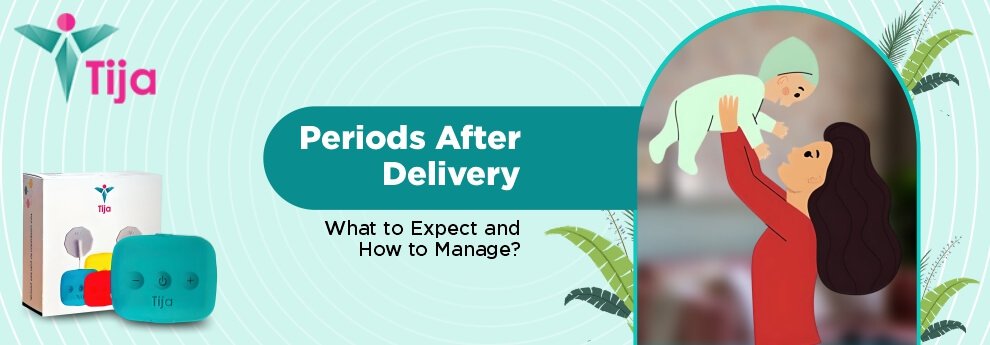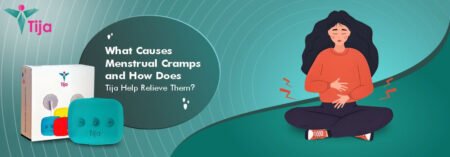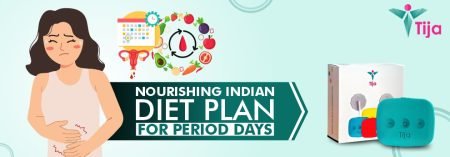After giving birth, a woman’s body undergoes significant changes as it gradually returns to its pre-pregnancy state. One aspect of this transition is the resumption of menstrual cycles, which may vary in timing and characteristics compared to before pregnancy. Let’s explore a detailed guide on what to expect regarding periods after delivery and how to effectively manage them:
Understanding Postpartum Bleeding:
- Lochia Discharge: In the weeks following childbirth, women experience lochia discharge, which consists of blood, mucus, and uterine tissue shed from the healing uterus. Lochia typically lasts for 4 to 6 weeks postpartum and gradually decreases in volume and intensity.
- First Period After Delivery: The return of menstrual periods can vary widely among women. Some may experience their first period as early as 6 weeks postpartum, while others may not resume menstruation for several months, especially if they are breastfeeding.
Factors Affecting Postpartum Periods:
- Breastfeeding: Exclusive breastfeeding can delay the return of menstruation due to the suppression of ovulation caused by the hormone prolactin. However, it’s essential to note that breastfeeding is not a reliable form of contraception, and ovulation can occur before the first postpartum period.
- Hormonal Changes: The hormonal fluctuations that occur during pregnancy and childbirth can impact the timing and characteristics of postpartum periods. Some women may experience irregular cycles or changes in menstrual flow, while others may return to their pre-pregnancy cycle pattern relatively quickly.
Managing Postpartum Periods:
- Use of Menstrual Products: Choose menstrual products that suit your comfort and lifestyle, whether it’s pads, tampons, menstrual cups, or period underwear. Keep in mind that your flow may be heavier or lighter than before pregnancy, so be prepared with appropriate absorbency.
- Tracking Menstrual Cycles: Use a menstrual calendar or tracking app to monitor your periods and track any changes in cycle length, flow, or symptoms. This can help you identify patterns and predict when your next period may occur.
- Addressing Menstrual Symptoms: If you experience discomfort or symptoms such as cramping, bloating, or mood changes during your postpartum periods, consider using over-the-counter pain relief medications or natural remedies like heat therapy or gentle exercise to alleviate symptoms.
The timing of the first period after delivery varies among women. Some may experience it as early as 6 weeks postpartum, while others may not resume menstruation for several months, especially if they are breastfeeding.
Yes, exclusive breastfeeding can delay the return of menstruation due to the suppression of ovulation caused by the hormone prolactin. However, it’s essential to use contraception if you wish to prevent pregnancy, as ovulation can occur before the first postpartum period.
If you experience irregular periods or uncomfortable symptoms such as cramping, bloating, or mood changes during your postpartum periods, consider consulting your healthcare provider. They can evaluate your symptoms and provide guidance or treatment options if needed.
It’s essential to choose menstrual products that suit your comfort and lifestyle, whether it’s pads, tampons, menstrual cups, or period underwear. Make sure to change your menstrual products regularly to maintain hygiene and prevent infections, especially during the postpartum period when the risk of infection may be higher.
You can track your menstrual cycles using a menstrual calendar or tracking app. Note the start and end dates of your periods, as well as any changes in cycle length, flow, or symptoms. This can help you identify patterns and predict when your next period may occur.
By understanding what to expect regarding periods after delivery and implementing effective management strategies, you can navigate this aspect of postpartum recovery with confidence and ease. Remember to prioritize self-care and seek support from your healthcare provider if you have any concerns or questions about your postpartum periods.









